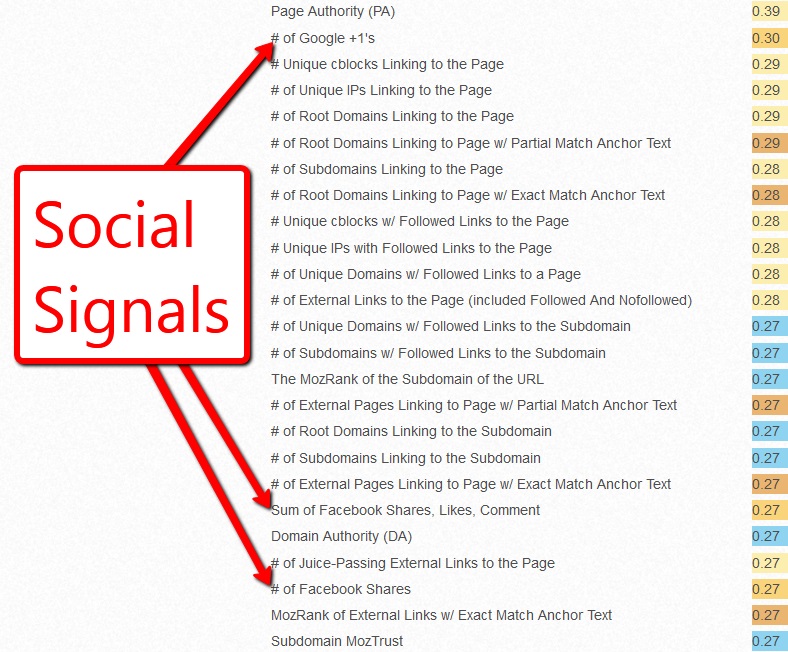Having tracked data for the last seven years in the automotive marketing arena, I can tell you a few things that I've learned that have brought us to where the content marketing world is today. It's all about process and answering the questions that consumers are asking and it's something that, as I've said time and time again in the past, needs to be viewed holistically.
Rather than go into a long post about how to make it all sing properly (that's for future posts), it's important to understand the content marketing trio. No, they have nothing to do with the Three Stooges, but those who don't understand the consumers' mentality might ended up looking like stooges in 2014. This is that important.
To get this understanding, you have to put yourself in the consumers' shoes. You buy things. Take what you know about that and apply it to the mentality and process below.
Where
If they can't find you, they can't do business with you. This is a no-brainer. You can advertise on the various networks, get your branding in place through billboards and radio, put ads in third-party sites across the internet, and a dozen other ways to help people find you, but it's search marketing that truly answers all of the questions that start with "where".
Since content marketing can help your search engine optimization tremendously, it fits in as the first of the trio. Most people are probably finding your website by the name of your company. While this is fine, you don't need to be heavily optimized to be found for your name. It's the other people, the ones that are doing generic searches for you by product or service in your local area, that can have a double impact on your business. By being better optimized, you are moving yourself up in searches which means you are also moving a competitor down.
What
This is your website. "What" you're trying to sell should be easy to determine once visitors get there. The challenge is that having a website that's just like every other website in your market is silly yet so commonly practiced thanks to the mega-vendors and forced OEM adoption.
There is a psychology that goes along with websites that says, "different is usually better". If your customers visit five websites, four of which look pretty much alike and the fifth, yours, looks different, they'll wonder why. It will register, even if only on a subconscious level. If the design and content are compelling, you have an advantage.
Why
In industries such as automotive where the differences in price are measured in small percentage points, the "why" factor comes into play. Most have a page that's a variation of "Why Buy from Us" on their website but it gets very few visitors. It takes more than that to get a consumer to consider you over a competitor.
This is one of the many places where social media comes into play. When are people most likely to click on the social media buttons on your website? When they're done. In other words, they might visit a handful of websites and put in leads at two or three of them. Once they're done, there's a decent chance that they'll click through to your social media presence to see what you're up to from the human side of the company. What will they see? Will it be a ton of ads? Will it be a ton of "look at me" posts?
What if they saw your community involvement? What if they saw your happy customers? What if they saw the local community engaging with you and you engaging back with them? They might look at you and two of your competitors during the course of their browsing. Will you be the most compelling? Does you social media presence give them a good reason to want to buy from you rather than the store down the block that's posting boring or unauthentic content on their social media profiles?
Holistic
In future posts, we'll go into how the holistic method of content marketing can make the whole greater than the sum of its parts, but it's important to understand that reasons that it's all tied together. Don't think search, websites, and social. Think where, what, and why.









 If you can get over that fear and if you want to get your YouTube channel some watches while helping to get your content seen and heard, it's a quick and easy way to kill a couple of birds with a single stone. The concept is pretty simple. Write a blog post, then read it off while recording a video. Attach the video to the story and now you have an easy way for people to either read your blog post or watch it.
If you can get over that fear and if you want to get your YouTube channel some watches while helping to get your content seen and heard, it's a quick and easy way to kill a couple of birds with a single stone. The concept is pretty simple. Write a blog post, then read it off while recording a video. Attach the video to the story and now you have an easy way for people to either read your blog post or watch it.

















